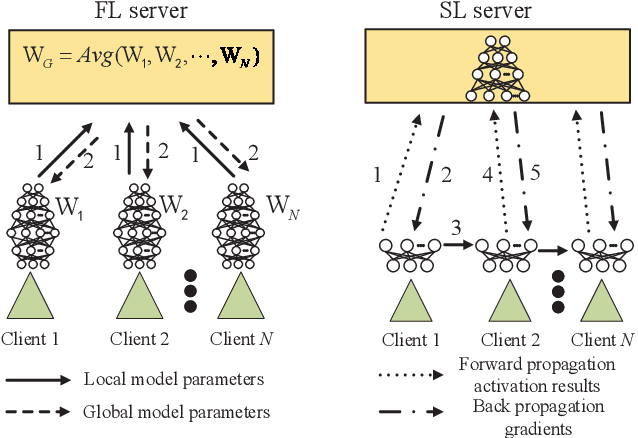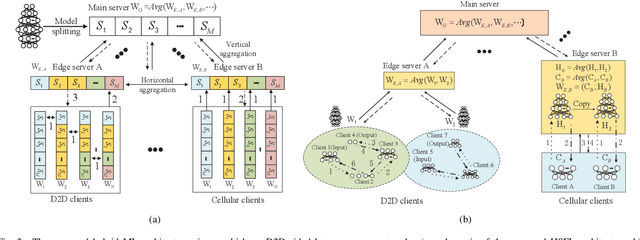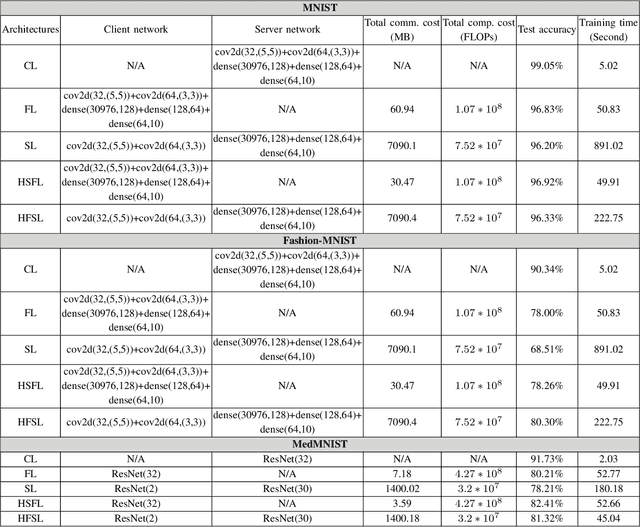Minghui Min
Comparative Performance Analysis of Different Hybrid NOMA Schemes
Sep 18, 2025Abstract:Hybrid non-orthogonal multiple access (H-NOMA), which combines the advantages of pure NOMA and conventional OMA organically, has emerged as a highly promising multiple access technology for future wireless networks. Recent studies have proposed various H-NOMA systems by employing different successive interference cancellation (SIC) methods for the NOMA transmission phase. However, existing analyses typically assume a fixed channel gain order between paired users, despite the fact that channel coefficients follow random distribution, leading to their magnitude relationships inherently stochastic and time varying. This paper analyzes the performance of three H-NOMA schemes under stochastic channel gain ordering: a) fixed order SIC (FSIC) aided H-NOMA scheme; b) hybrid SIC with non-power adaptation (HSIC-NPA) aided H-NOMA scheme; c) hybrid SIC with power adaptation (HSIC-PA) aided H-NOMA scheme. Theoretical analysis derives closed-form expressions for the probability that H-NOMA schemes underperform conventional OMA. Asymptotic results in the high signal-to-noise ratio (SNR) regime are also developed. Simulation results validate our analysis and demonstrate the performance of H-NOMA schemes across different SNR scenarios, providing a theoretical foundation for the deployment of H-NOMA in next-generation wireless systems.
Hybrid Architectures for Distributed Machine Learning in Heterogeneous Wireless Networks
Jun 04, 2022



Abstract:The ever-growing data privacy concerns have transformed machine learning (ML) architectures from centralized to distributed, leading to federated learning (FL) and split learning (SL) as the two most popular privacy-preserving ML paradigms. However, implementing either conventional FL or SL alone with diverse network conditions (e.g., device-to-device (D2D) and cellular communications) and heterogeneous clients (e.g., heterogeneous computation/communication/energy capabilities) may face significant challenges, particularly poor architecture scalability and long training time. To this end, this article proposes two novel hybrid distributed ML architectures, namely, hybrid split FL (HSFL) and hybrid federated SL (HFSL), by combining the advantages of both FL and SL in D2D-enabled heterogeneous wireless networks. Specifically, the performance comparison and advantages of HSFL and HFSL are analyzed generally. Promising open research directions are presented to offer commendable reference for future research. Finally, primary simulations are conducted upon considering three datasets under non-independent and identically distributed settings, to verify the feasibility of our proposed architectures, which can significantly reduce communication/computation cost and training time, as compared with conventional FL and SL.
 Add to Chrome
Add to Chrome Add to Firefox
Add to Firefox Add to Edge
Add to Edge